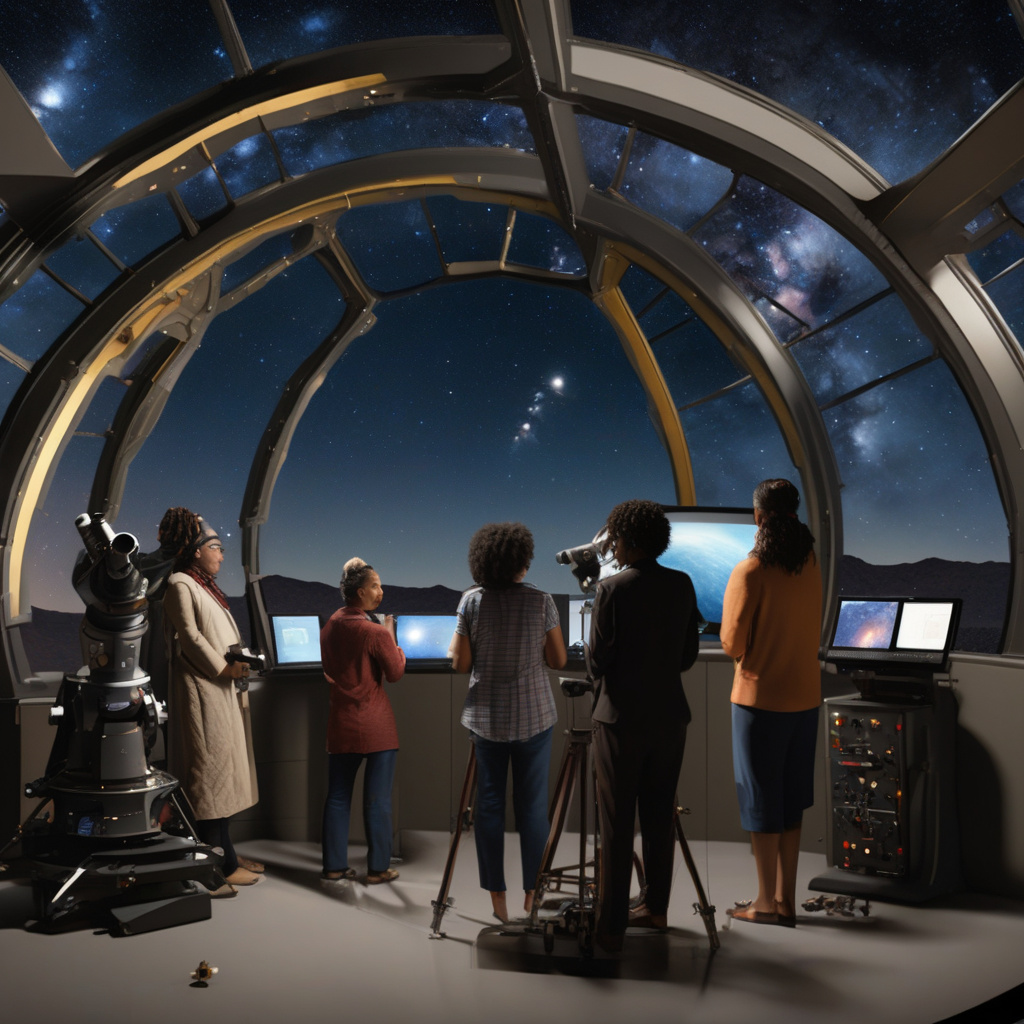Astronomers Combine 32 Cosmic Signals in Bold Hunt for Dark Matter’s Axions
Dark matter has remained one of the biggest riddles in modern physics. Astronomers know it makes up about 27% of the universe, yet its elusive nature continues to perplex even the brightest minds in the field. The search for dark matter has led scientists on a quest to uncover its secrets, and a recent groundbreaking development might just bring us one step closer to solving this cosmic enigma.
In a daring move that combines the efforts of 32 different astronomical signals, researchers are now focusing their attention on dark matter’s axions. Axions are hypothetical particles that many scientists believe could be the key to unlocking the mysteries of dark matter. By analyzing a multitude of cosmic signals simultaneously, astronomers hope to finally catch a glimpse of these elusive axions and prove their existence.
The project, which involves a collaboration of astronomers from around the world, marks a significant milestone in the study of dark matter. By pooling together data from various sources such as radio telescopes, X-ray observatories, and gravitational wave detectors, researchers are casting a wide net in the hopes of capturing the faint signals that could lead them to the axions they seek.
One of the key challenges in the search for dark matter has been the sheer diversity of signals that astronomers must sift through. Cosmic rays, gamma-ray bursts, and other celestial phenomena can often drown out the subtle signatures of dark matter particles, making them incredibly difficult to detect. However, by combining multiple signals and analyzing them simultaneously, researchers are able to filter out the noise and focus on the potential traces of axions.
The implications of this ambitious project are far-reaching. If successful, it could not only provide concrete evidence for the existence of axions but also shed light on the true nature of dark matter itself. Understanding dark matter is crucial not only for advancing our knowledge of the universe but also for potentially unlocking new technologies and innovations that could revolutionize the field of physics.
As astronomers continue to push the boundaries of our understanding of the cosmos, projects like this serve as a testament to the power of collaboration and innovation in the scientific community. By harnessing the collective expertise of researchers from diverse backgrounds and disciplines, we are able to tackle some of the most daunting challenges in modern physics and inch closer to unraveling the mysteries of the universe.
The hunt for dark matter’s axions is far from over, but with each new development and discovery, we come one step closer to unraveling the secrets of the cosmos. As the project progresses and more data is collected and analyzed, the answers we seek may finally be within reach. And who knows what other cosmic wonders we may uncover along the way.
dark matter, axions, astronomers, cosmic signals, modern physics












